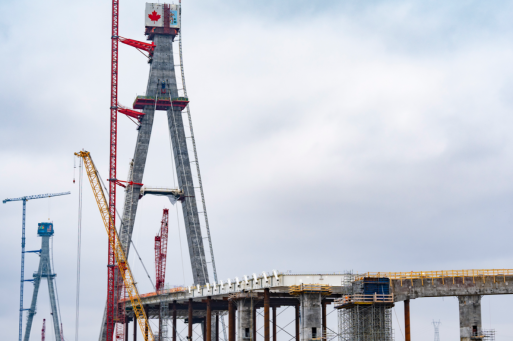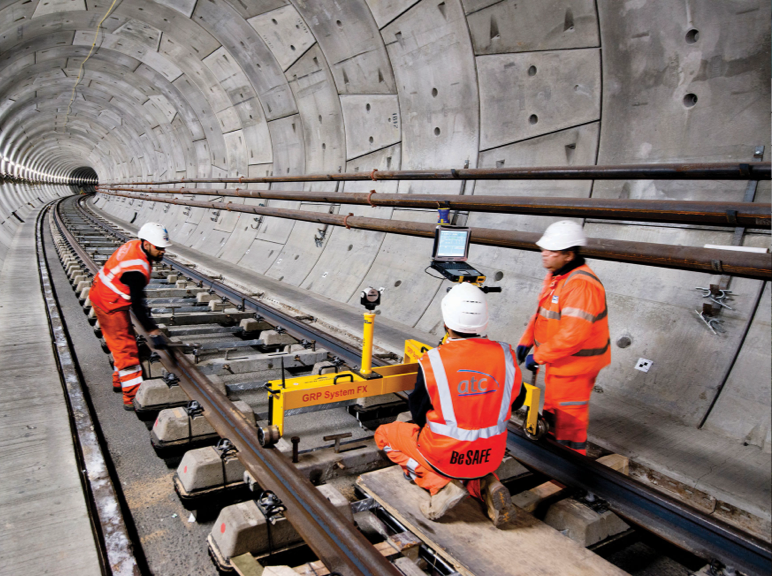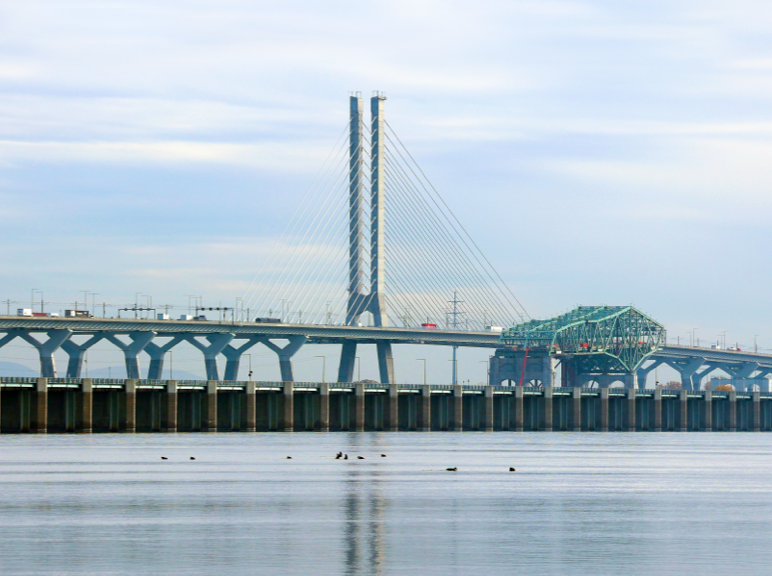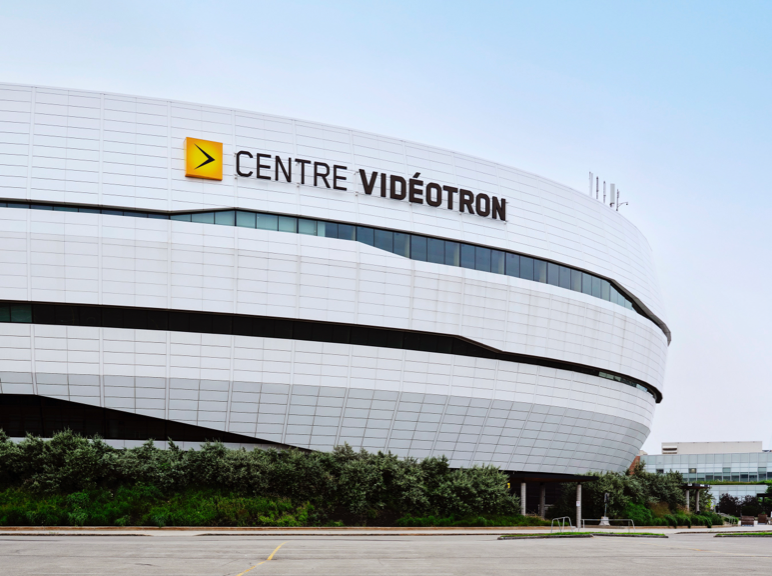This cable-stayed bridge will provide uninterrupted freeway traffic flow between Canada and the United States at one of the busiest border crossings in North America. The bridge is named after Canadian ice hockey player Gordie Howe who spent 25 years of his career with the Detroit Red Wings.
Built by the Bridging North America consortium consisting of AECOM, Dragados Canada, Fluor Corporation and Aecon, the project began in July of 2018, creating 2,500 jobs over a 74-month period. When completed, the project will contain 4,960 metric tons of rebar per pillar in addition to thousands of metric tons of rebar used in the bridge roadways. A portion of the rebar is manufactured and supplied by ArcelorMittal Long Products.





